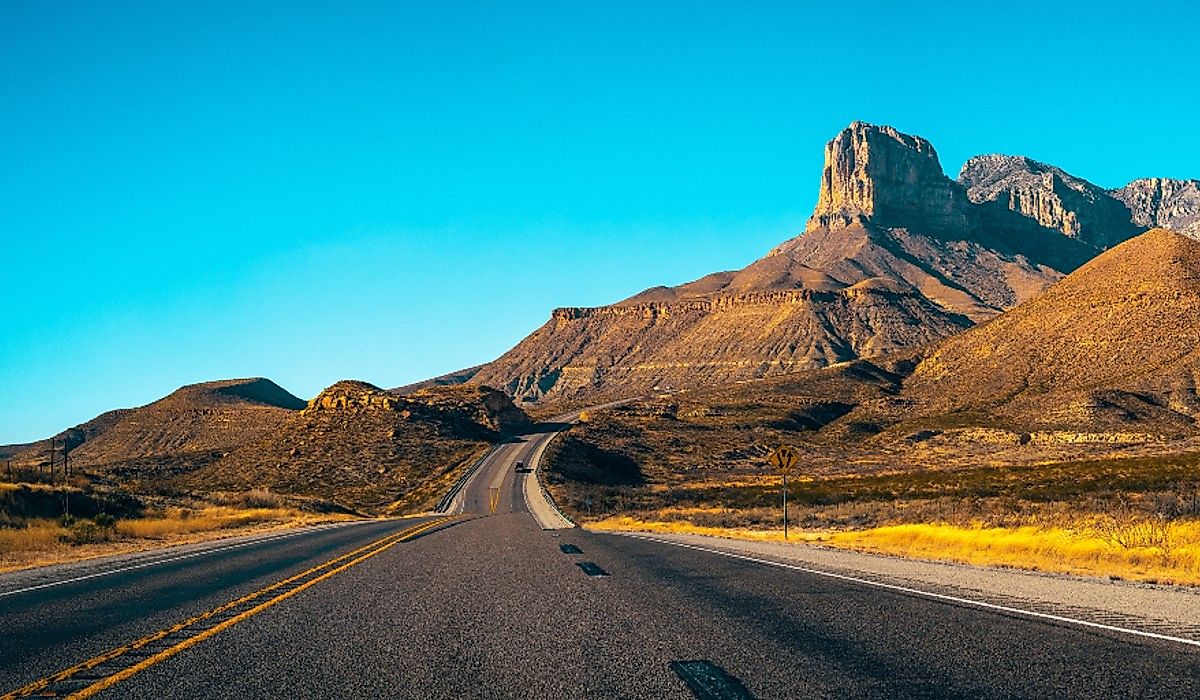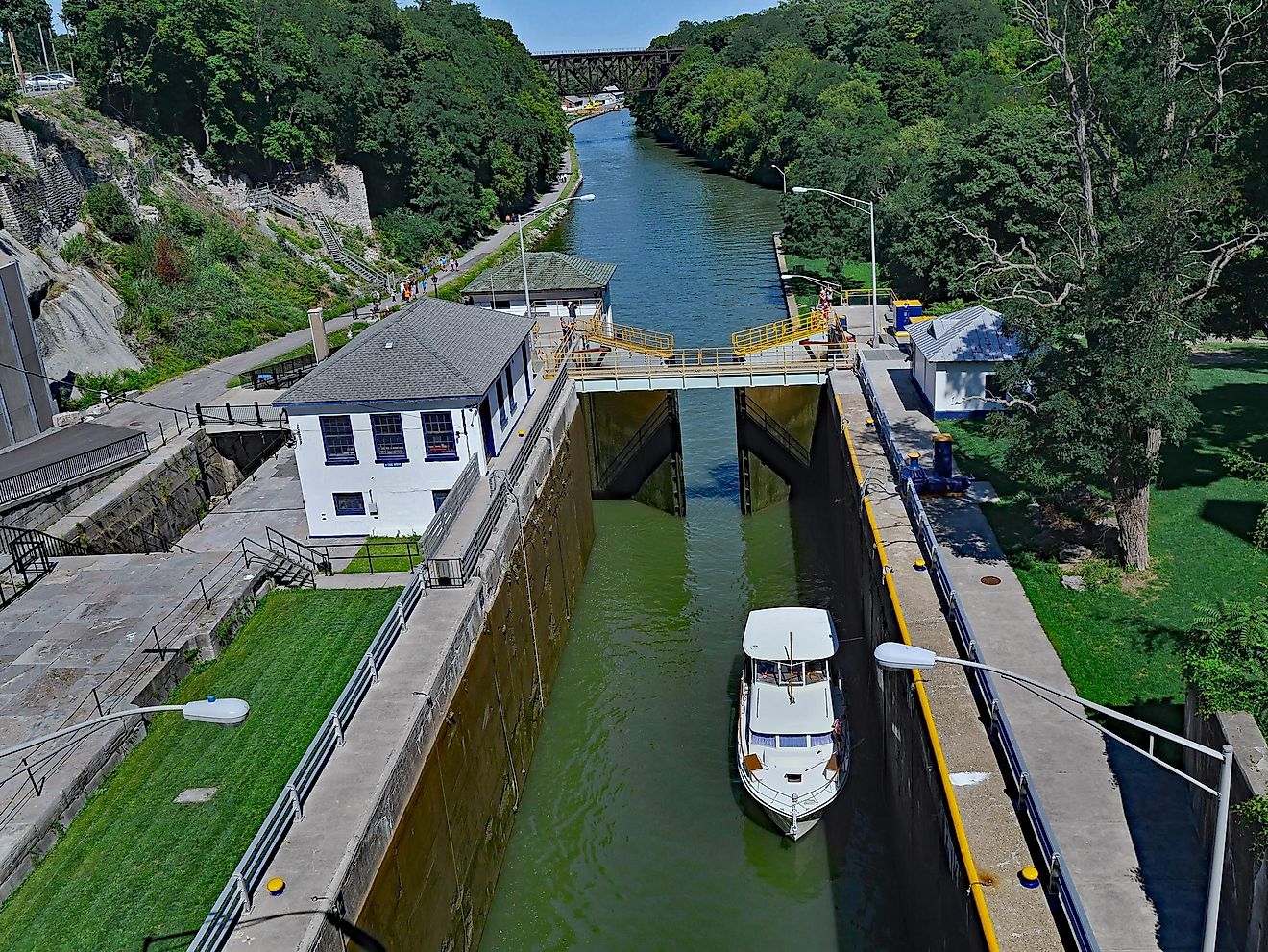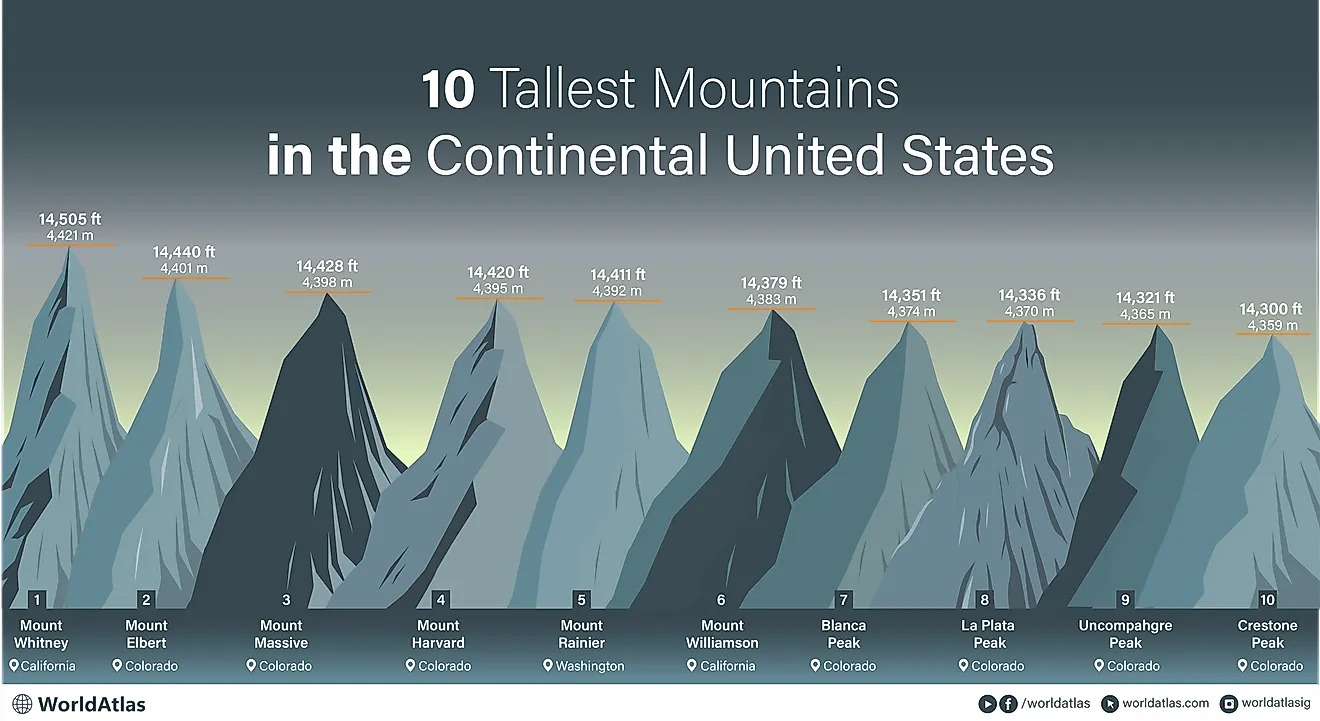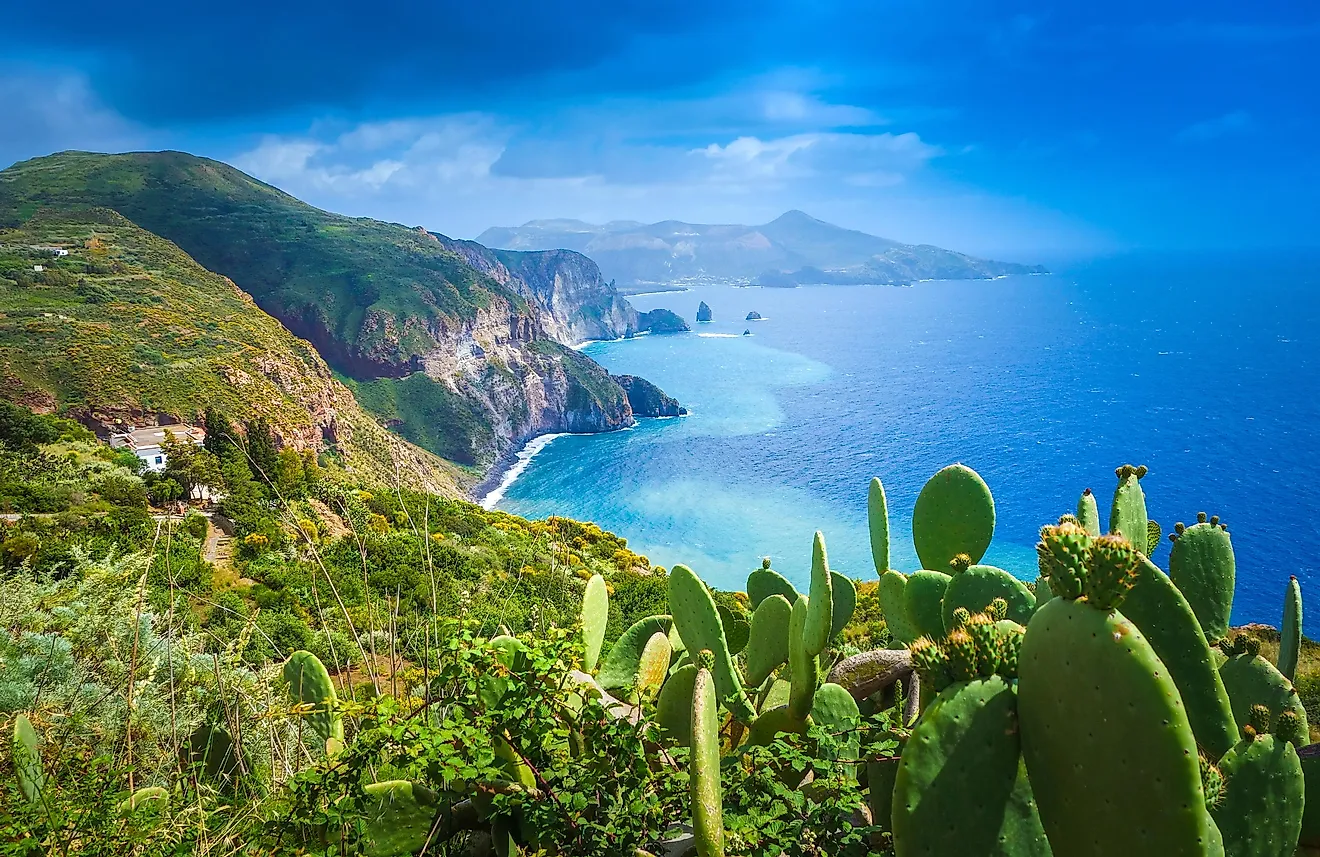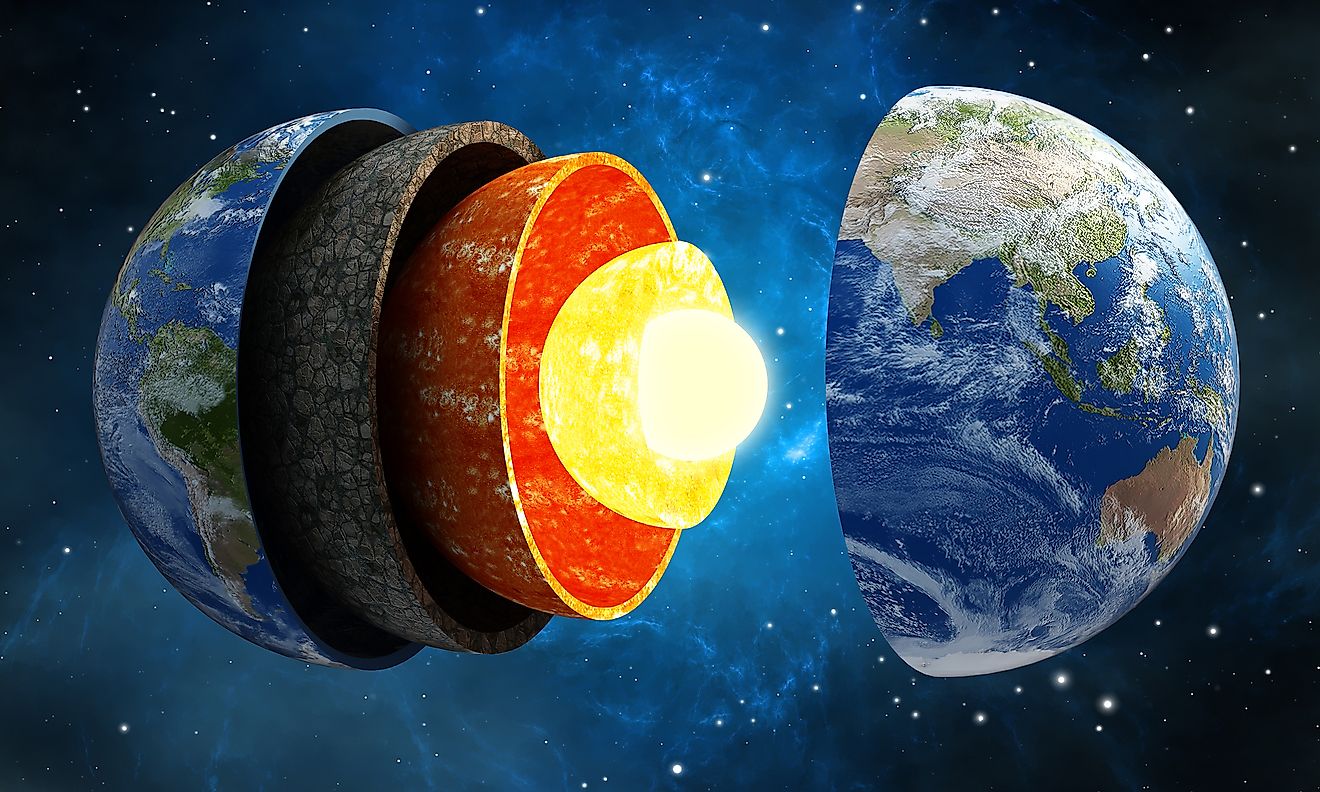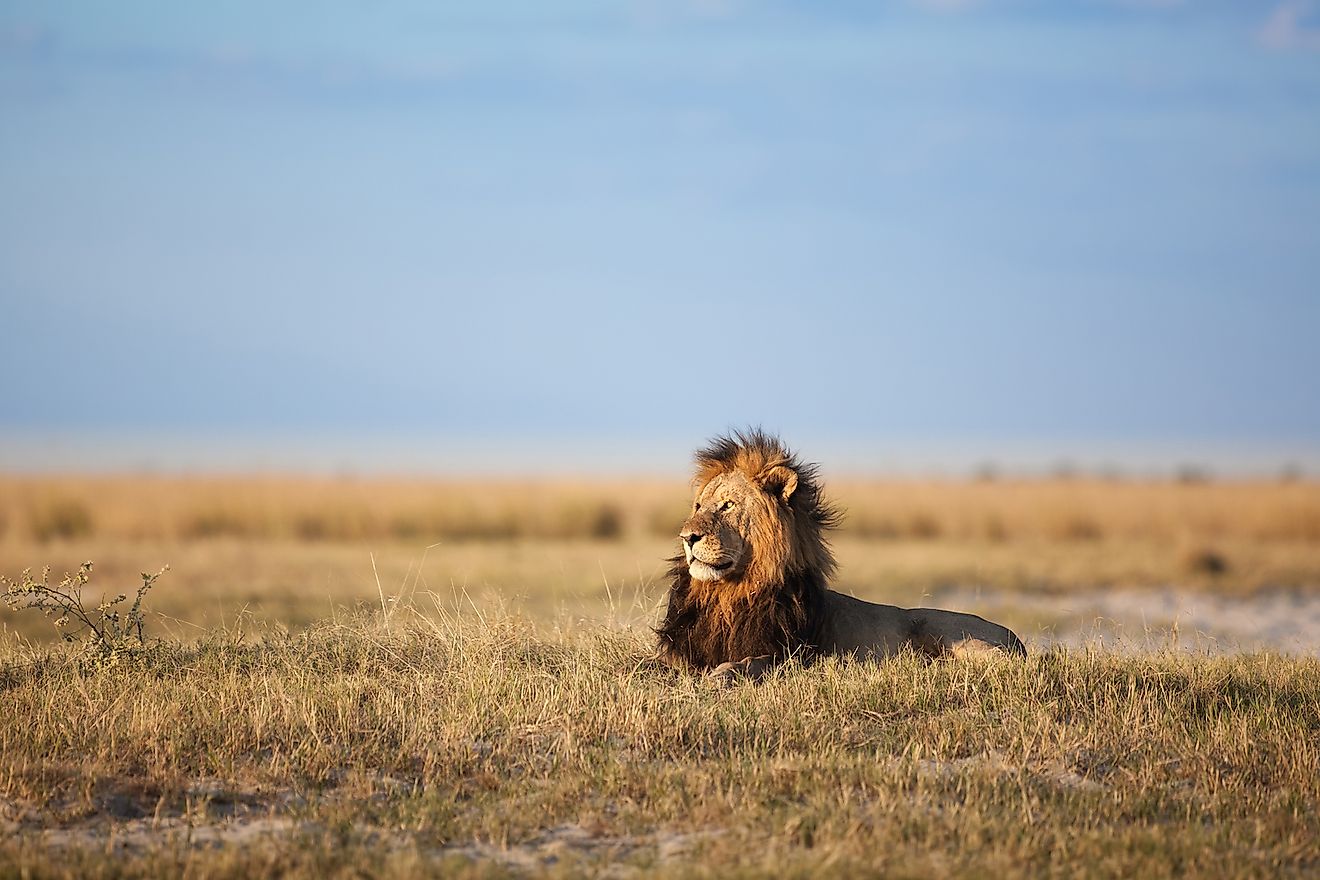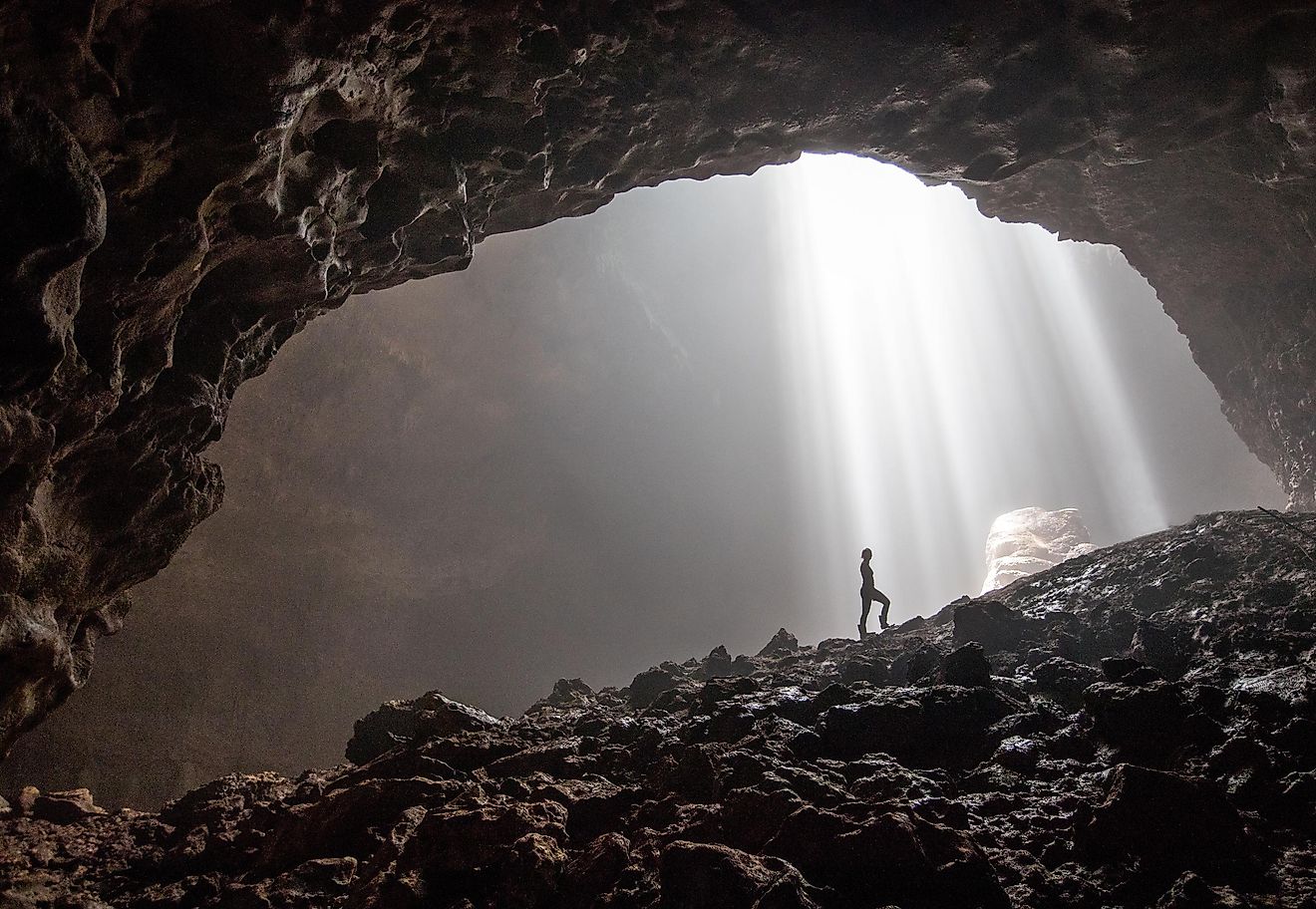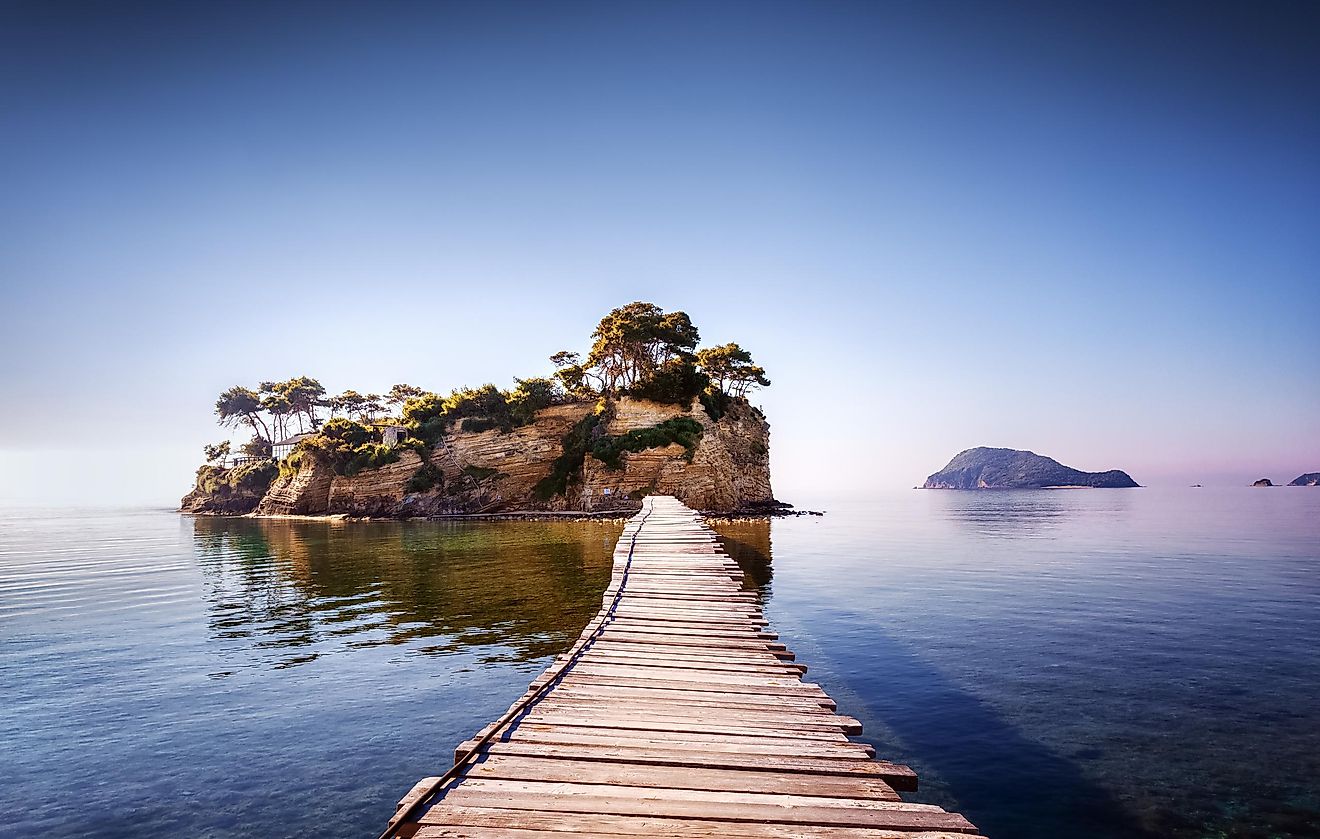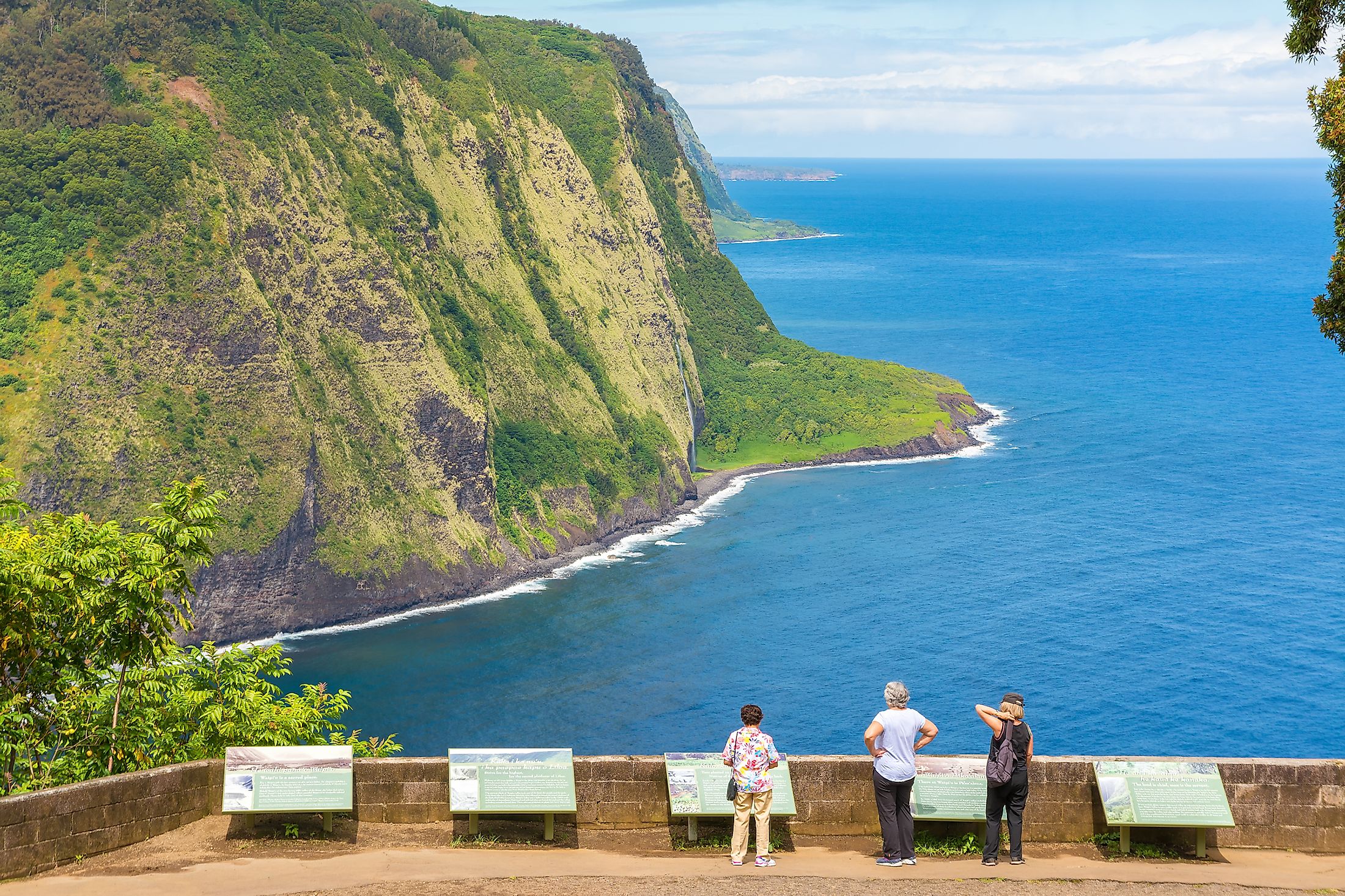
Kohala, Hawaii
The Kohala District occupies the northmost land area of the island of Hawaii, United States of America. It is separated into "North Kohala" and "South Kohala."
Geography Of Kohala

The North Kohala peninsula, having risen from the sea, is the oldest section of the still-growing island and includes the towns of Halaʻula, Hāwī, and Kapaʻau. North Kohala is famous for having ancient temple sites like Mo'okini Heiau, built in 480 A.D., the birthplace of and original statue of King Kamehameha I, and a Hawaiian villa dating back 600 years at Lapakahi State Historical Park. On the other hand, South Kohala includes Puako, Waikoloa Village, Waimea, and the unincorporated town of Kawaihae and Kawaihae Harbor.
Climate Of Kohala
The Hawaiian Islands are located in the middle of the Pacific Ocean. Temperatures on the islands are mild due to their proximity to the equator. Kohala's weather can vary between its parts. Along the coast, especially in Waikoloa, the weather is mostly sunny and clear nearly year-round. However, the coastline running from South to North Kohala is breezy and can be very windy. In North Kohala, the weather can easily change, especially near the Polulū Valley. Waimea is famous for having a "dry side" and a "wet side" to the east, clearly noticeable in the landscape. At an elevation of 815 meters, Waimea has brilliantly sunny days but can get socked in by clouds and gets cold.
Brief History Of Kohala

Kohala is home to several major ancient Hawaiian settlements such as Lapakahi, a 600-year-old fishing village. Kohala is also the birthplace of King Kamehameha I, born about 1753 near Mo'okini temple at Kokoiki, 'Upolu Point. King Kamehameha I would unite the Hawaiian Islands into the Kingdom of Hawaiʻi.
In ancient times, Hawaiians extensively cultivated Kohala's hills using terraced farming and ditch irrigation systems which brought water from mountain streams to crops like sweet potatoes, bananas, and taro.
However, contact with the western world in the 18th century changed Kohala's people and landscapes and the rest of the island. Gradually, commercial crops like sugarcane began replacing traditional Hawaiian agriculture. Western diseases decimated the native population of Hawaii, and migrant laborers from Africa and Asia started to arrive and work on the plantations established by Europeans.

In 1793, cattle were introduced, and ranching slowly became an integral part of Kohala's culture. Many ranches were established, such as Parker Ranch in Waimea, and Mexican cowboys came to Hawaii to train Hawaiian' paniolos' in the art of cattle handling and rodeo.
Major Historical Sites In Kohala
The Mo'okini Heiau temple is one of the most famous and best-preserved temples in Hawaii and was traditionally reported to have been built by the Polynesian priest Pa'ao.

Waimea and Kawaihae were the sites of continual battles between the armies of six island kingdoms to enlarge their domains. Moreover, fleets would land at various places along the Kohala coast to wreak havoc. After fighting in Kona, the fleets would come from Maui and return home. The fleets would cut down the coconut trees at Kawaihae as a show of defiance to the island chiefs. Mailekini is an ancient temple at Kawaihae and was a prize held by the South Kohala chief.
Kawaihae is the largest coastal town and lies on a broad, shallow bay. The town has always served as Kohala's primary seaport. It is the most convenient point of embarkation for inhabitants of the northern part of the island and debarkation for mail and visitors to the district. The town also ships surplus goods from the hinterland to the market. Kawaihae was a good-sized fishing village in ancient times.
Kawaihae's importance in the ancient history of Hawaii is indisputable. Pu'ukohola Heiau, the most significant historical structure linked to Kamehameha I's power rise, is in Kawaihae. Upon Pu'ukohola Heiau's alter, Kamehameha sacrificed his rival Keoua and some of his followers to ensure his uncontested rule over the island.
Things To Do In Kohala

The cliffs, rainforests, and valleys of Kohala offer tourists a wide variety of nature adventures. Activities such as ziplining, horseback riding, and when the time is right, whale watching are the most popular activities done in Kohala.
The Kohala Coast is the best district on the Big Island to spot whales. It borders the Hawaiian Island Humpback Whale National Marine Sanctuary, and during the whale season, whales can often be spotted breaching offshore.

Tourists often visit the Pololū Valley when they visit the island. It is the first of 7 valleys in the Kohala Mountains, which runs along the northern tip of the Big Island. A hike down a steep but short trail leads to a stunning wild black sand beach backed by a grove of towering Ironwood trees.
Waipiʻo is the most visited valley in the area. It was once densely populated and home to Hawaiian Kings, but today, it supports a small community of people and taro fields. Waipiʻo also has a black sand beach which the Waipiʻo River bisects.
